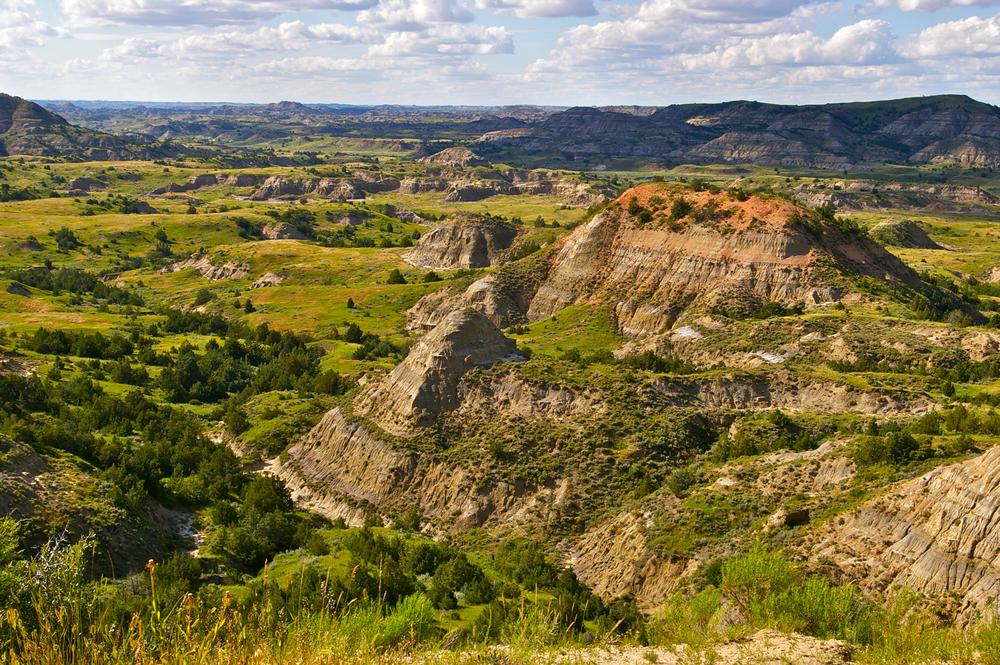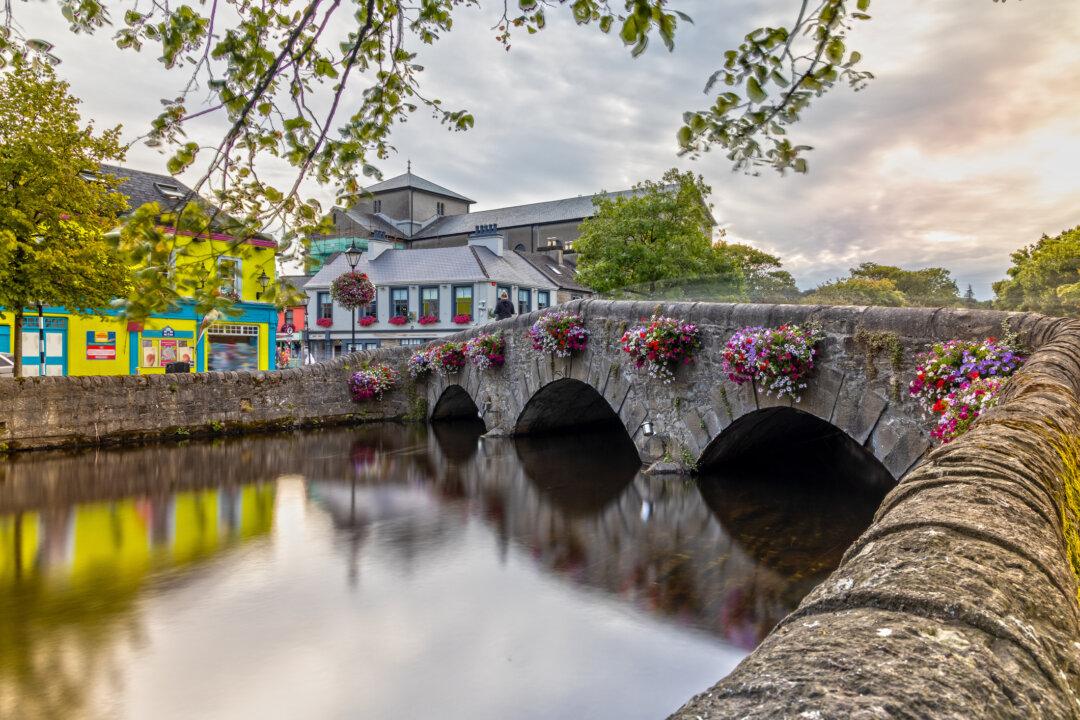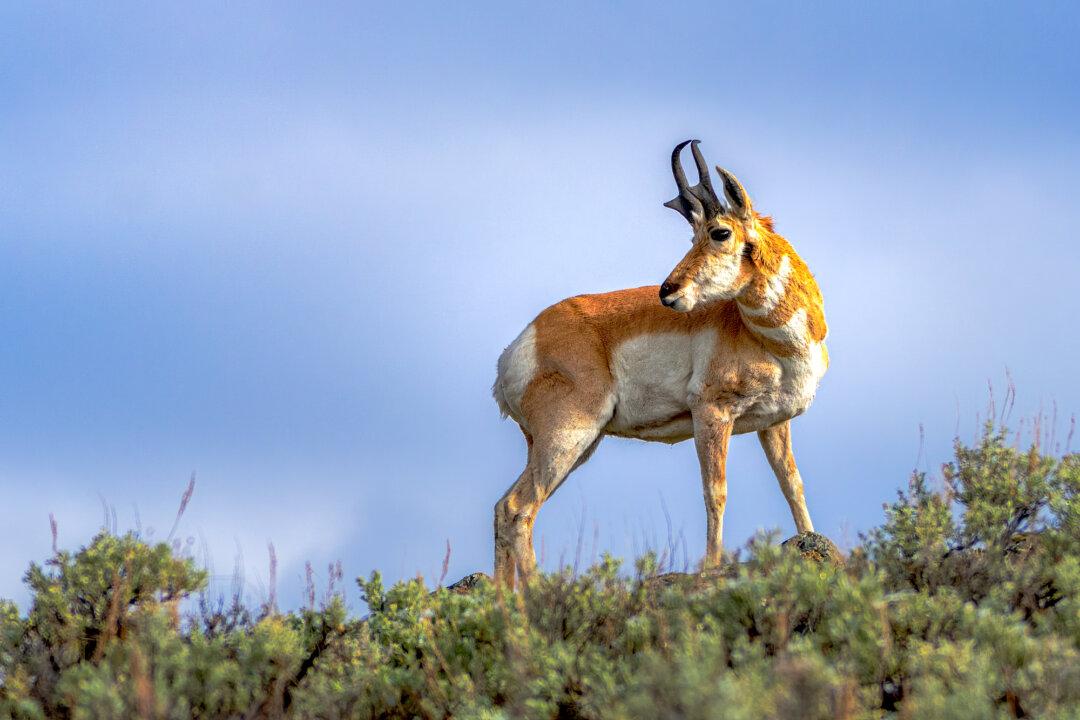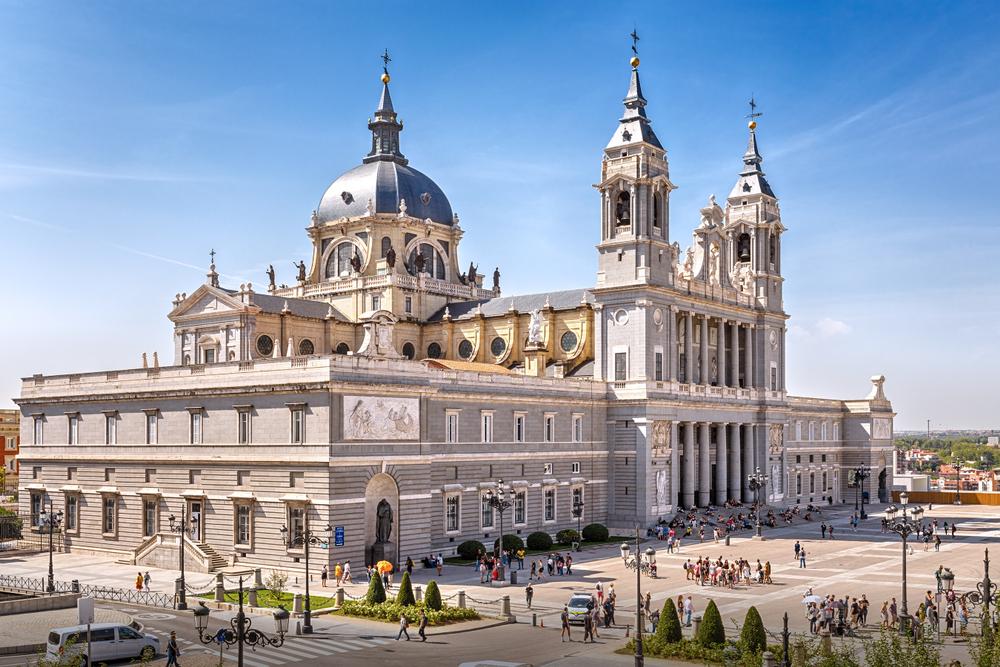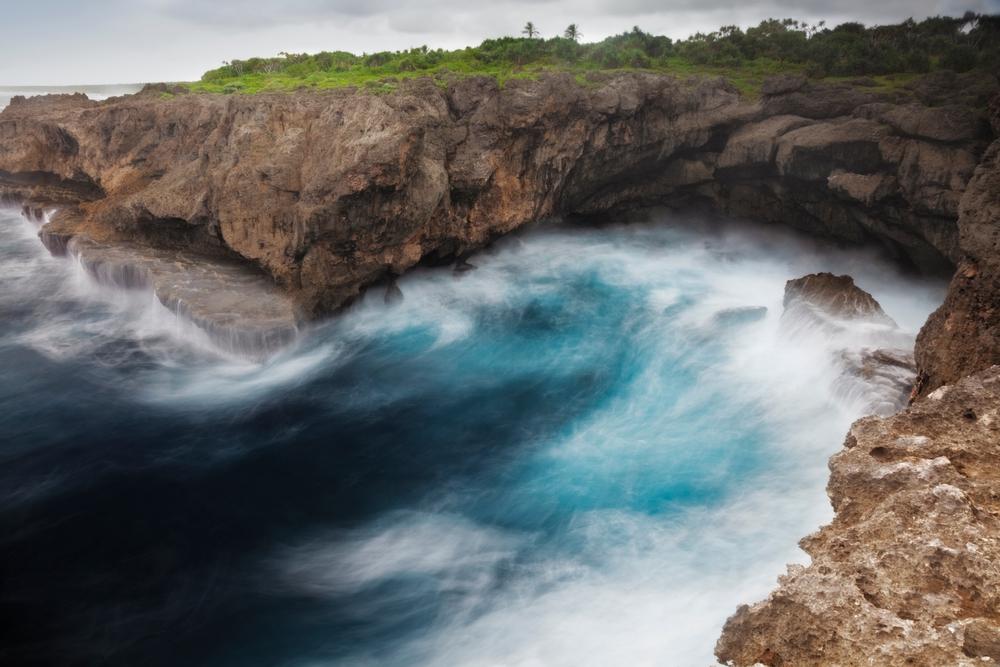It’s not normally one of the first places that come to mind when one conjures up an image of an interesting travel destination.
North Dakota?
Why?
Forget that funny business about humorist Dave Barry’s poking fun at some foolish folks who were pushing the idea of changing the state’s name simply to Dakota, as if doing so would somehow make potential tourists less likely to figure out that the state is located far up north, just under Canada, where, of course, during much of the year the weather is very cold.
The surprising truth is that North Dakota is an unexpectedly interesting travel destination. It has some great scenery, lots of history, and plenty of fun things to see and do.
A good place to begin discovering what’s so nice about it is in Medora, a nearly picture-perfect tiny town in the southwestern part of the state that has the look and feel of the Old West.
Driving to Medora from the east, I was already favorably impressed while witnessing some truly beautiful scenes of tall bright yellow prairie grass against the glow of a late afternoon sun. Then, about seven miles outside town, suddenly there stood Painted Canyon, throwing off a kaleidoscope of colors; instantly, I realized why so many consider the Badlands such a beautiful area.

